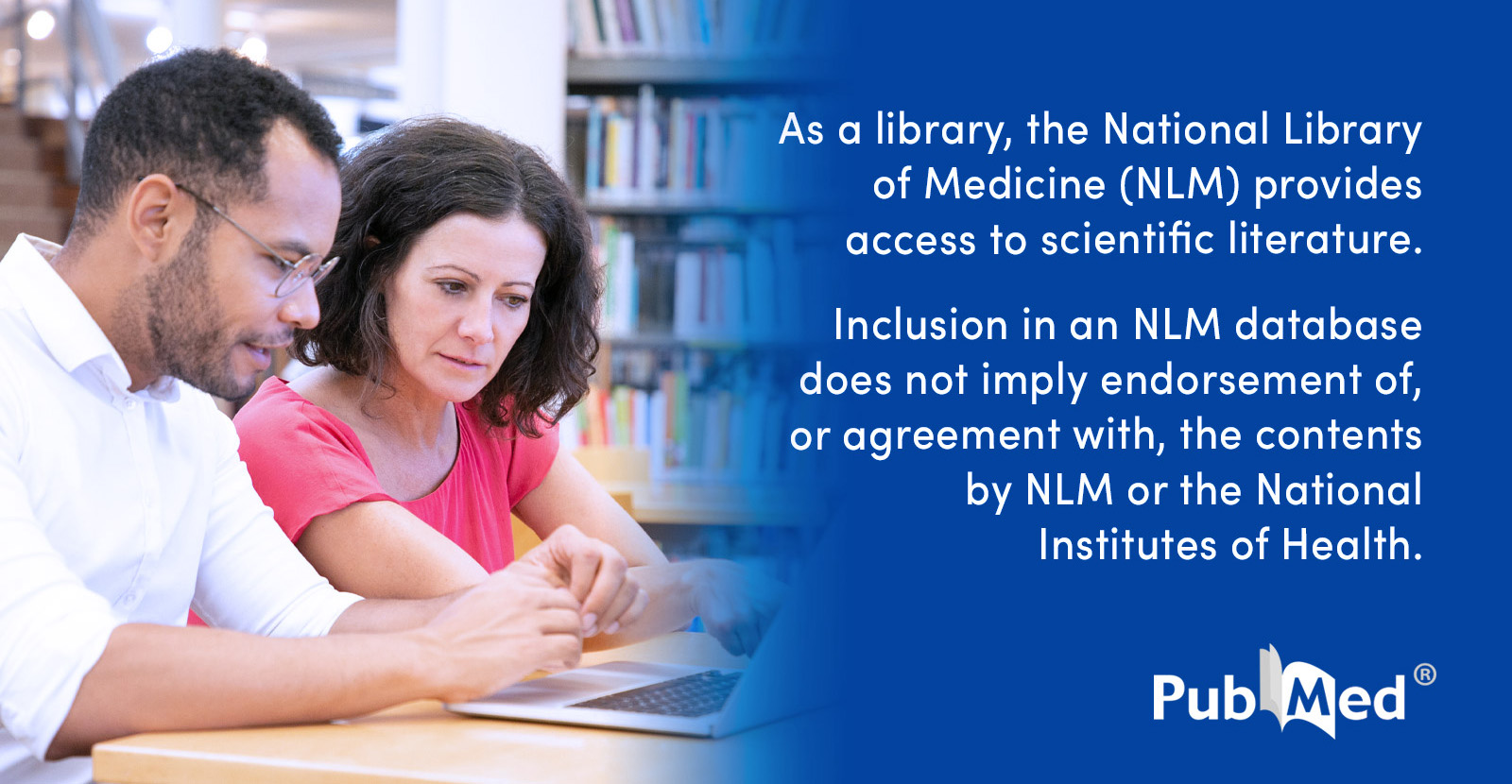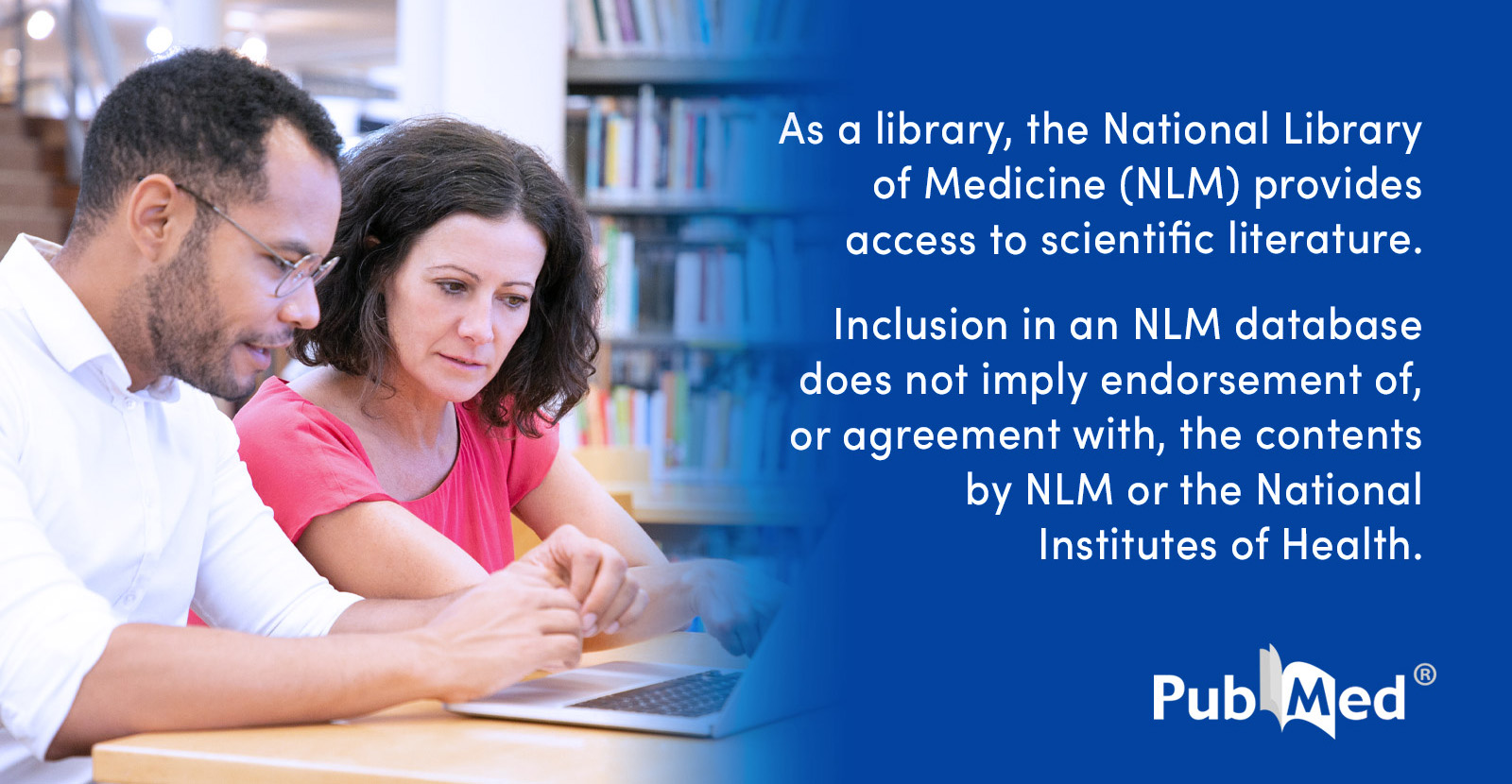Community Pharmacists’ Perceptions of Care Following the Implementation of a Transitions-of-Care Program.
Autor: Graham, Jove; Tusing, Lorraine D.; Gregor, Christina M.; Wright, Eric A.
Publication year: 2020
Journal of pharmacy practice
issn:1531-1937 0897-1900
doi: 10.1177/0897190018824819
Abstract:
BACKGROUND: Pharmacist-led collaborative interventions can support improved medication use and adherence during transitions of care (TOC). Community pharmacists are not always actively connected with other health-care team professionals, however, and their confidence in having necessary information may vary. OBJECTIVE: To assess community pharmacists’ perceptions of information, care provided, and communication, before and after a postdischarge intervention designed to increase communication between inpatient and community pharmacists. METHODS: A survey assessing 4 domains related to pharmacists’ perceptions of information and care of hospital discharge patients was developed and distributed to 106 community pharmacists before and after a TOC interventional study. RESULTS: Based on 151 responses (77 baseline, 74 followup) from 84 participants, community pharmacists have high confidence in their ability to counsel and feel that they are an important part of the healthcare team. They are less confident that they have adequate information about patients and report gaps in having adequate support and resources to provide care. When a TOC intervention was implemented, there was significant improvement in community pharmacists’ feeling of having adequate information about the patients. CONCLUSION: Not having adequate information regarding patients discharged from the hospital is an area of concern for community pharmacists and a modifiable opportunity to improve TOCs.
Language: eng
Rights:
Pmid: 30669931
Tags: Humans; Patient Discharge; Perception; *Community Pharmacy Services; *Pharmacists; Aftercare; community pharmacist; health delivery system; medication management; pharmacist perception; Professional Role; transition of care
Link: https://pubmed.ncbi.nlm.nih.gov/30669931/








